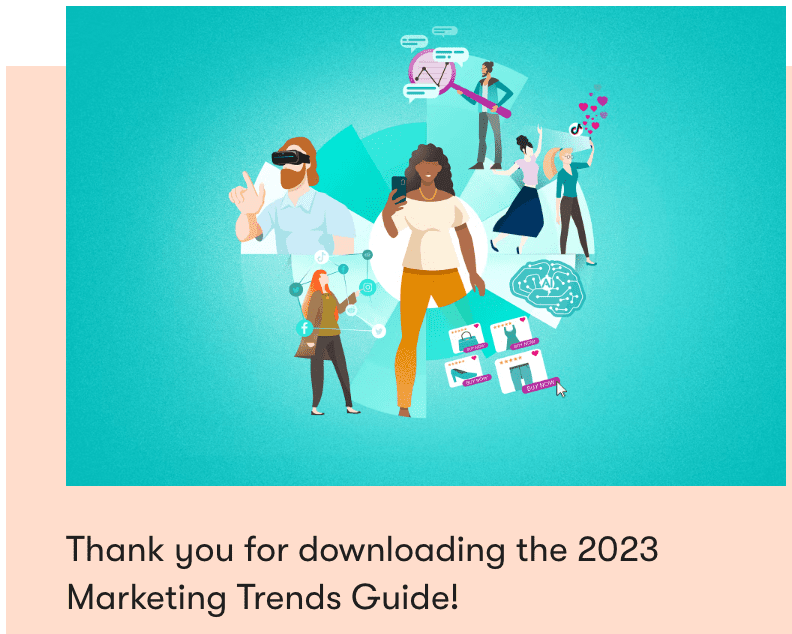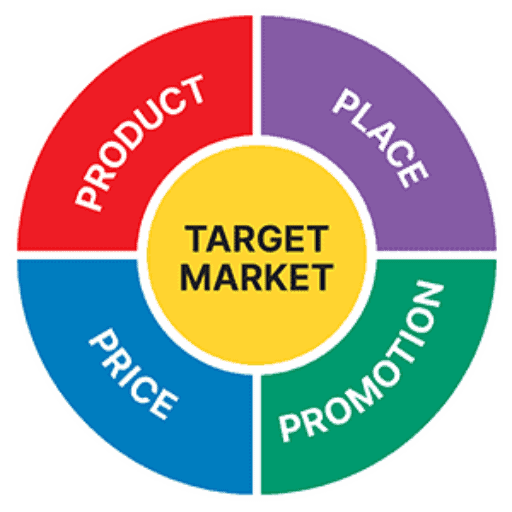Personalized Marketing: Cool or Creepy?
For many years we have wondered whether personalized advertising (retargeting) was cool or creepy (perhaps a bit of both?). Essentials of Marketing (Chapter 19) includes…

For many years we have wondered whether personalized advertising (retargeting) was cool or creepy (perhaps a bit of both?). Essentials of Marketing (Chapter 19) includes…

Marketing intelligence and research agencies often conduct research and prepare reports on industries or customer segments. Sometimes they post a teaser with little useful information,…

Are you searching for some fun new examples to use in class? Innovation and new products are an important outcome of good marketing. The Time…

McAloo Tikki Burger anyone? Only in India. McSpaghetti? Only in the Philippines. McDonald’s has restaurants all around the world. It has learned to serve this…

Artificial intelligence (AI) is on the precipice of radically enhancing customer service and business operations. Zack Kass, in a recent article on MarketWatch, describes the…

Keeping up with the fast-moving world of marketing is a real challenge these days. As a textbook author, I feel even more obliged to know…

Fireworks are a seasonal business all over the world. But did you know when it peaks in different countries? I didn’t know this or think…

One of my favorite chapter openers is the Dunkin’ opener to Chapter 7 (Marketing Research). This case study describes a wide range of marketing research…

What did you think of the Super Bowl? No, not the game — we teach marketing, we watch the ads. I find it fun to…